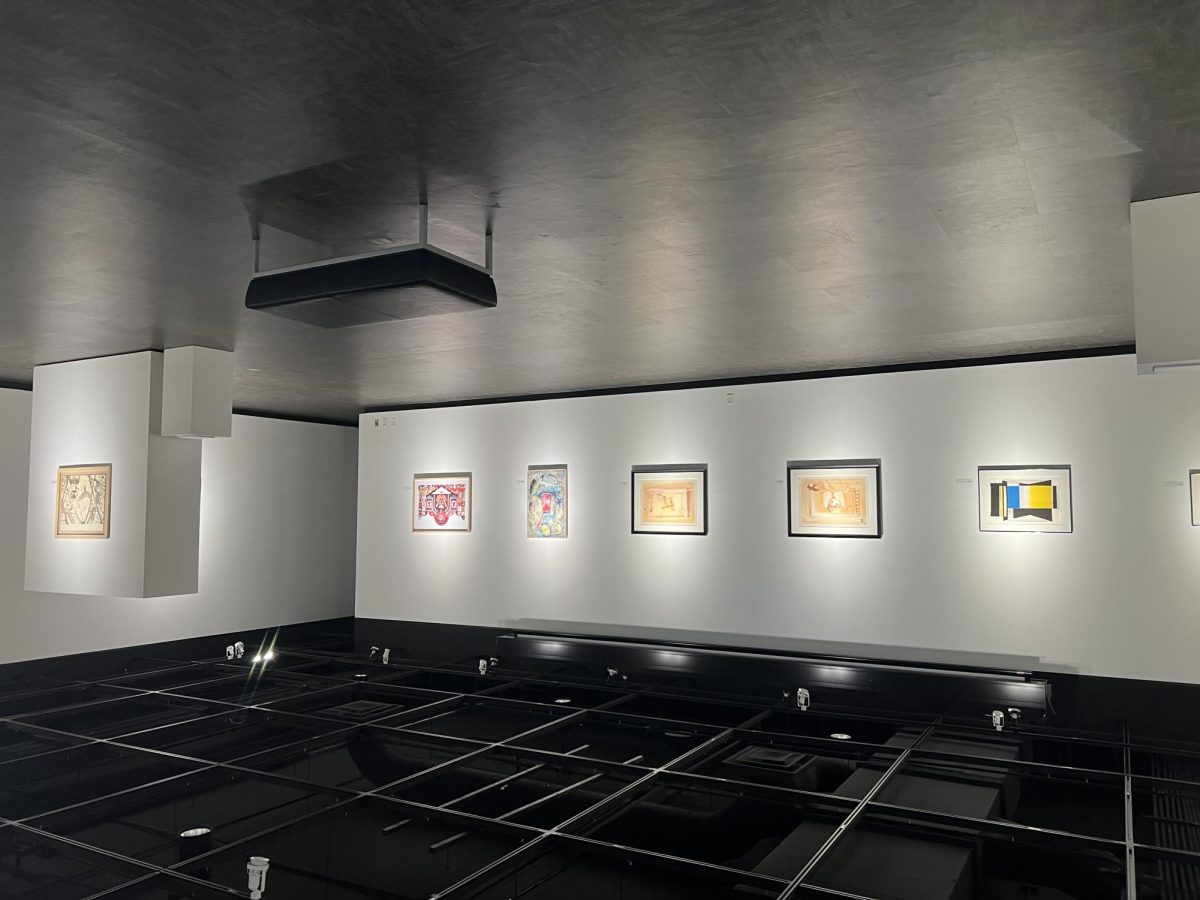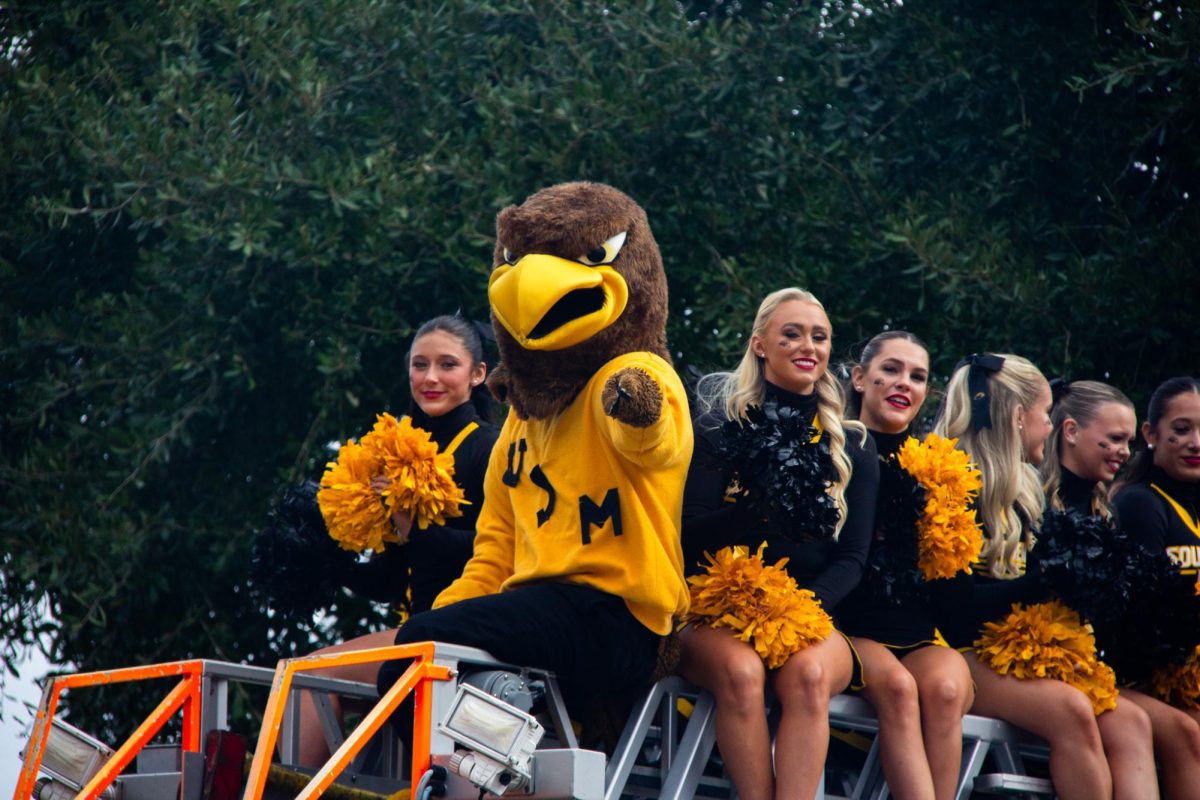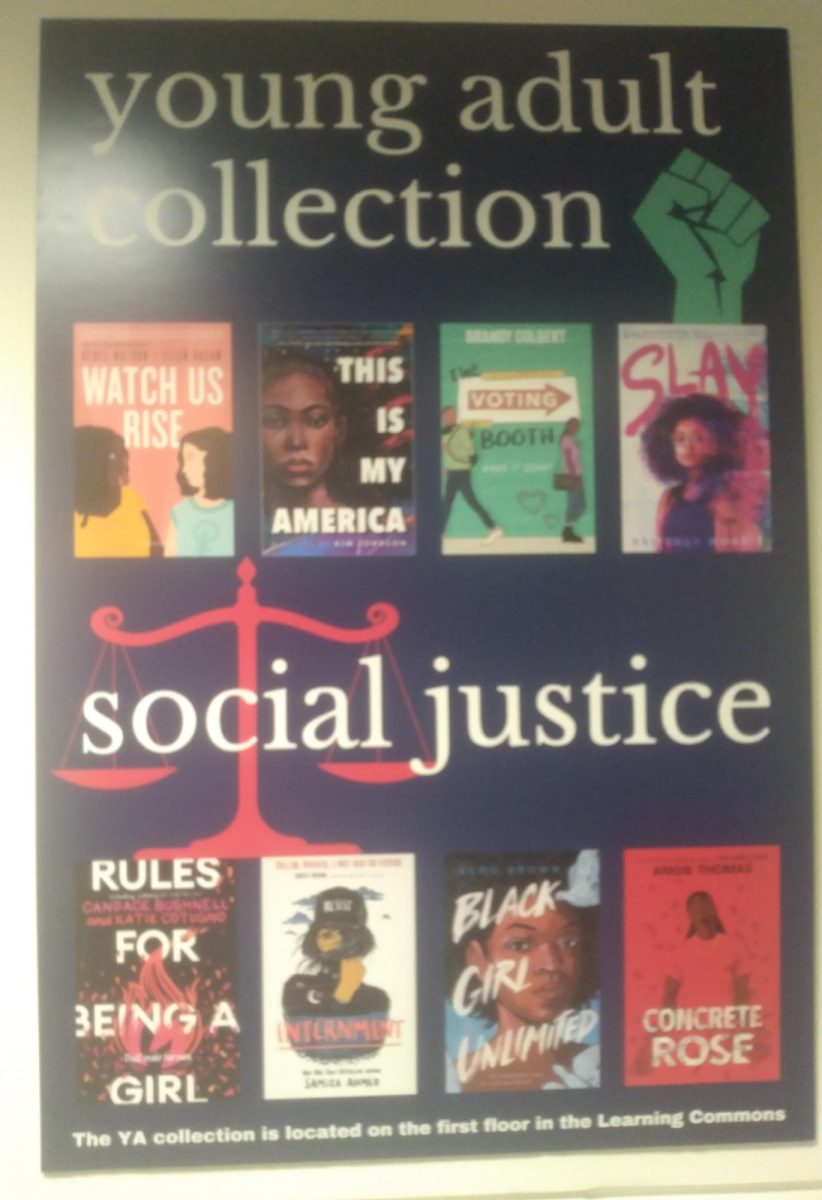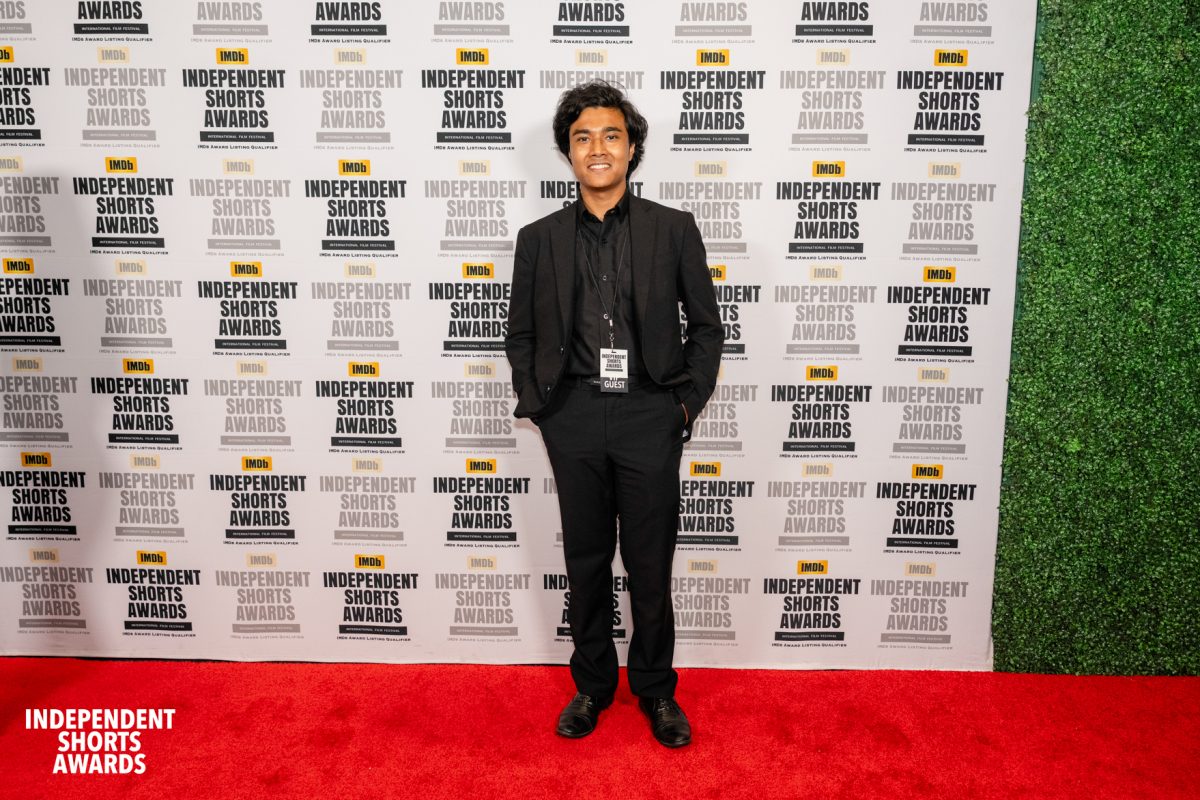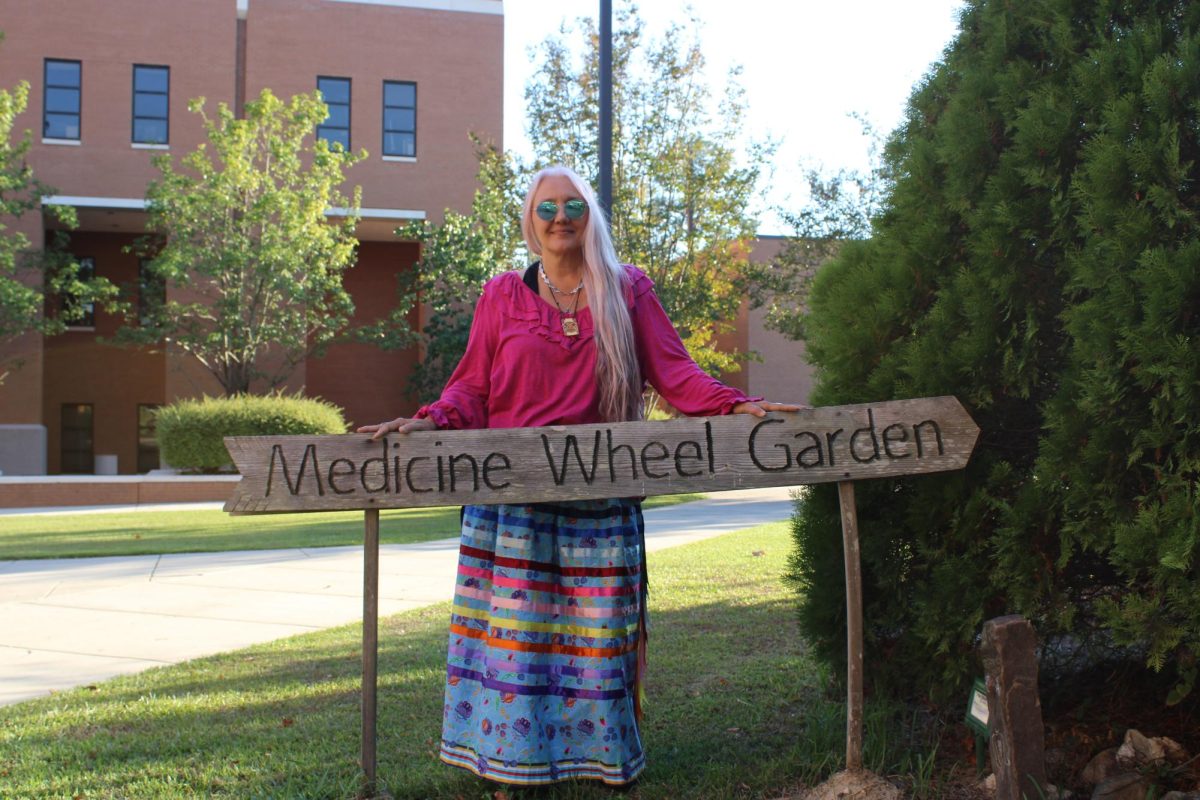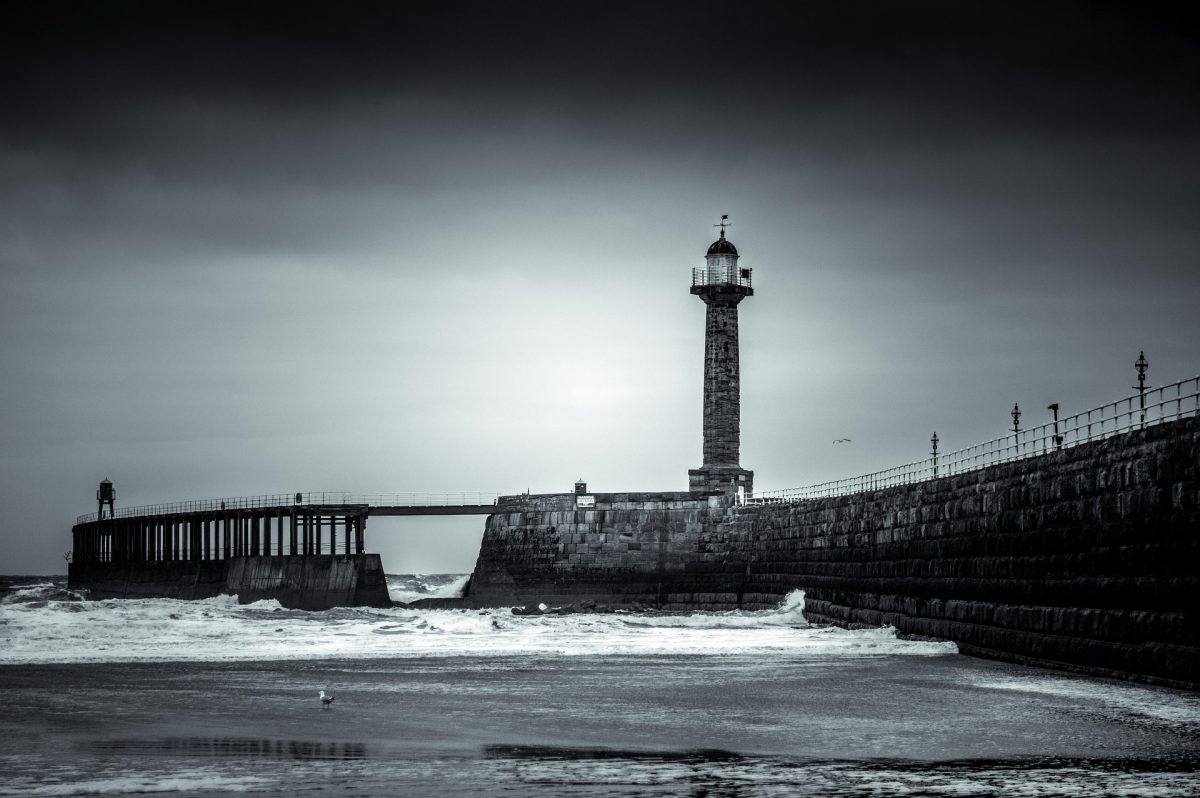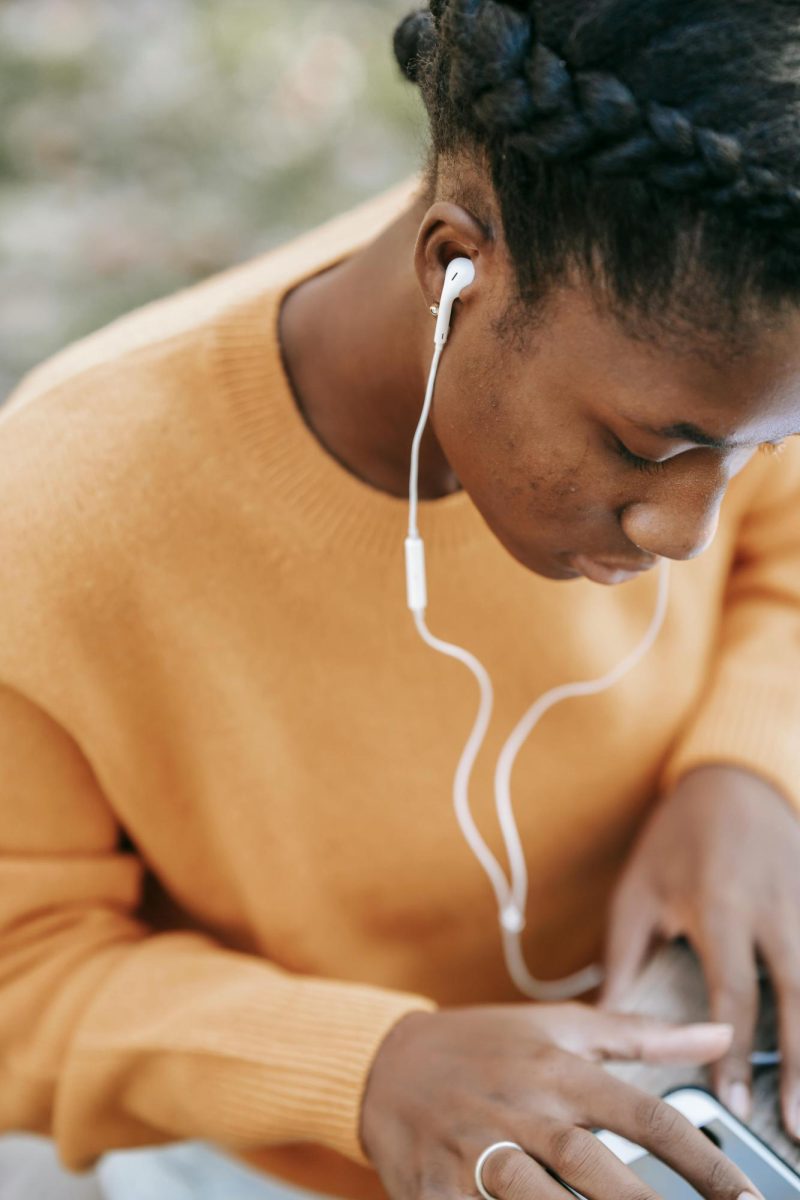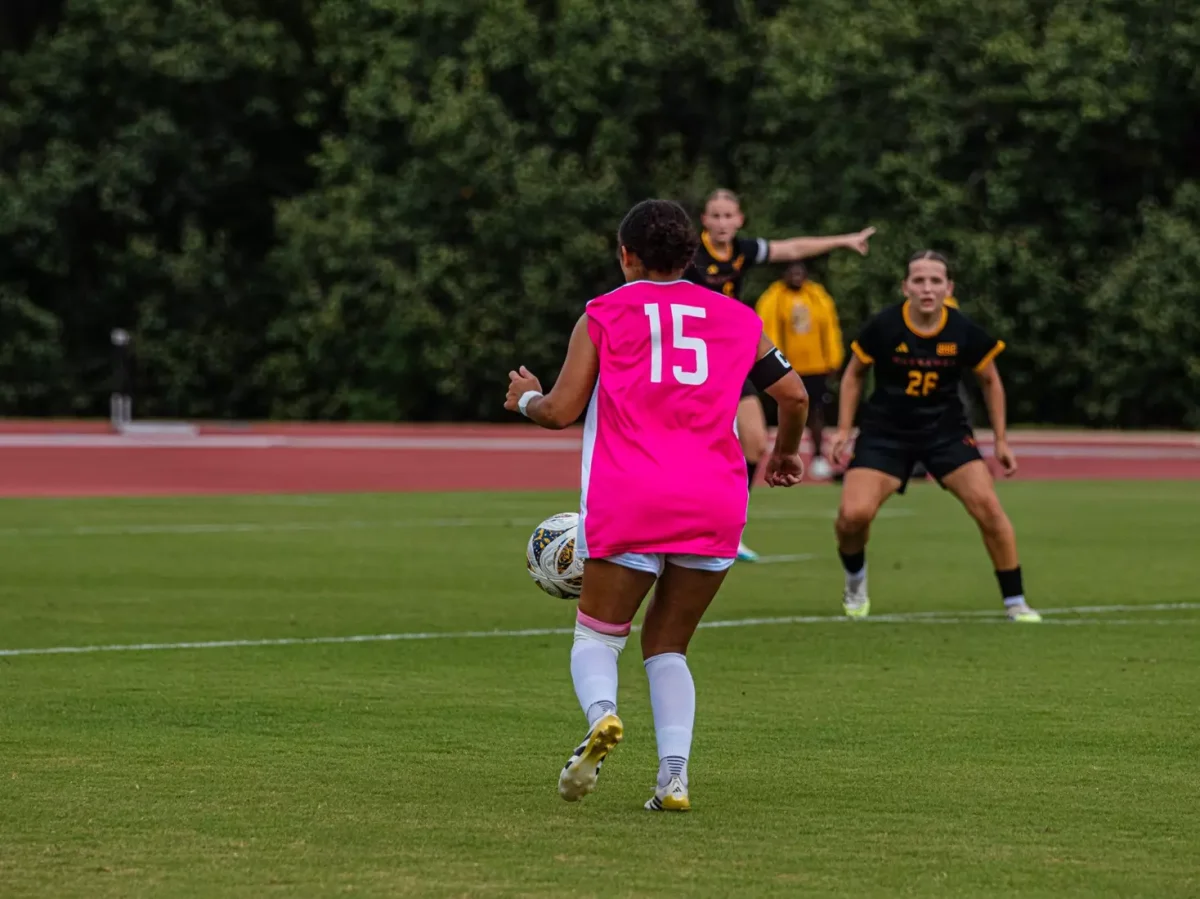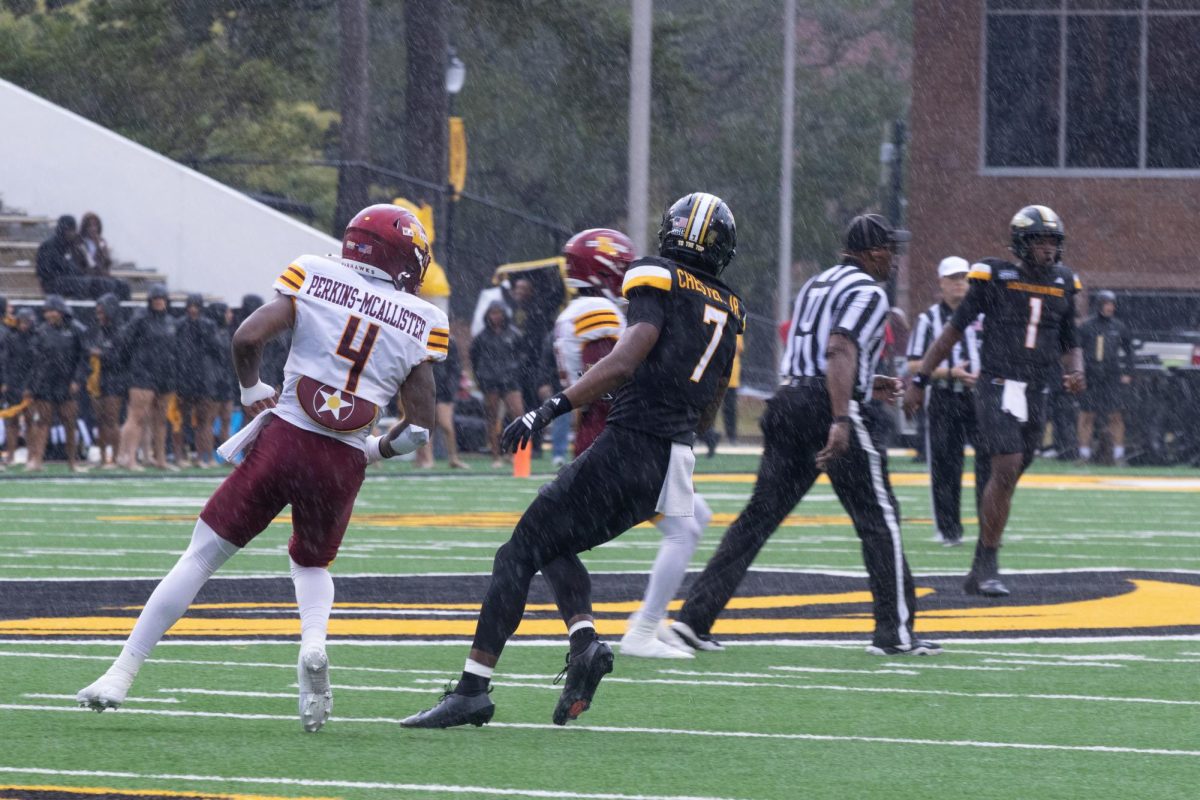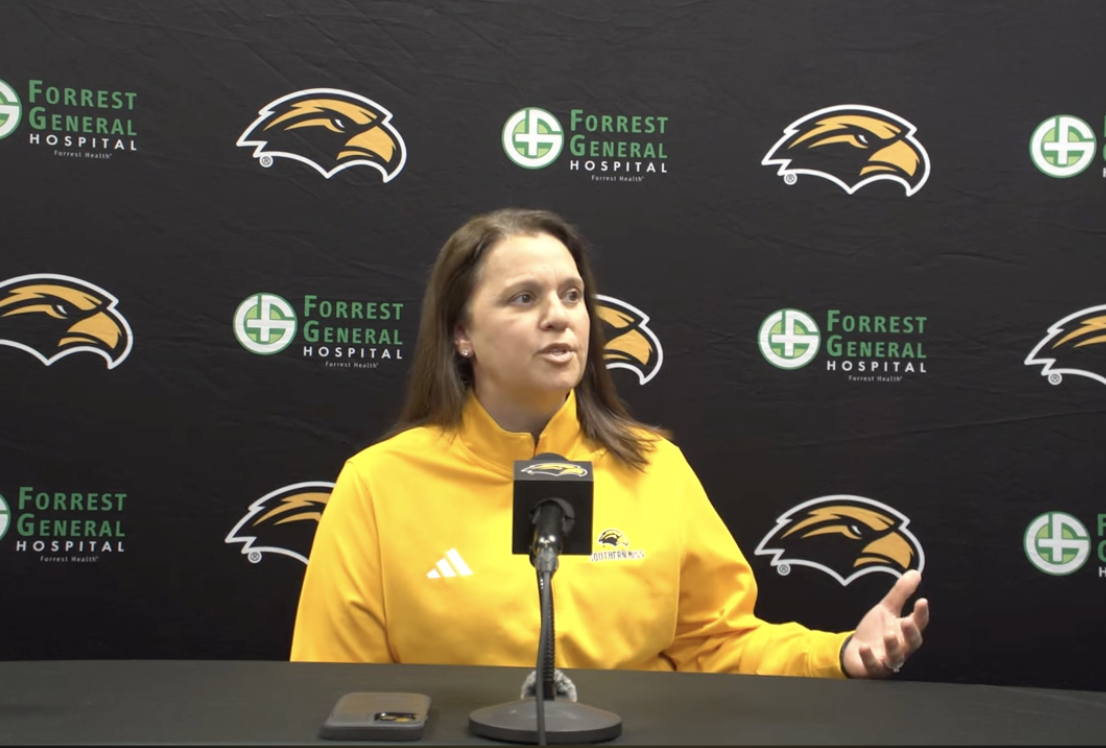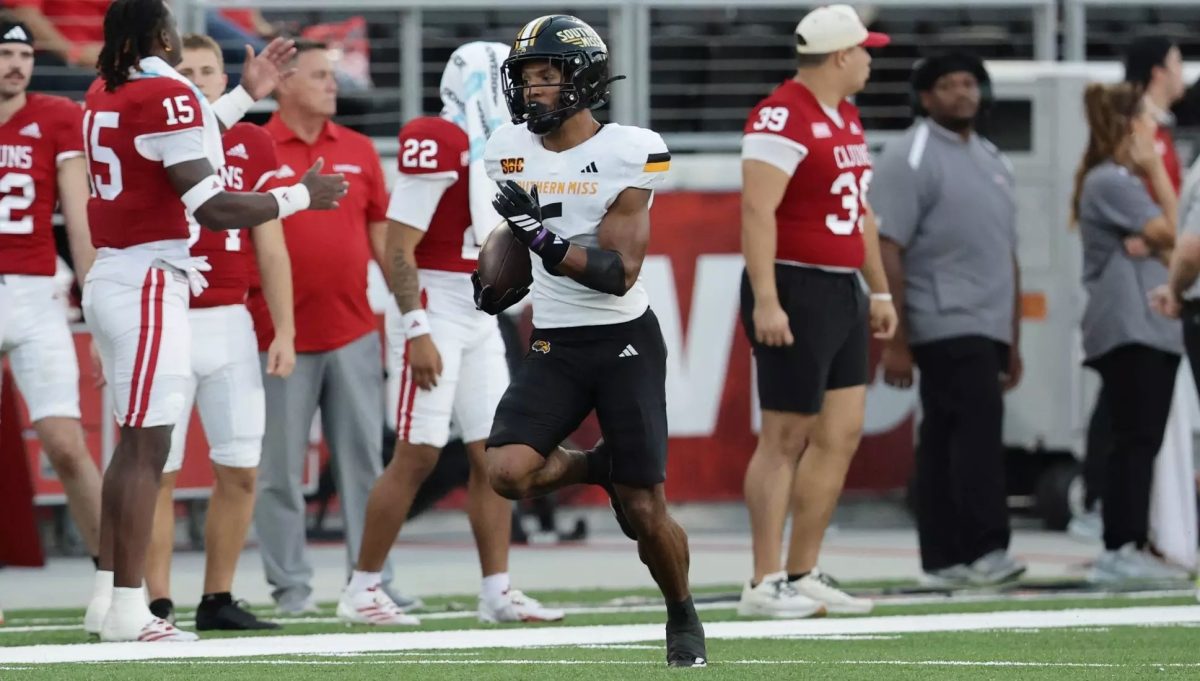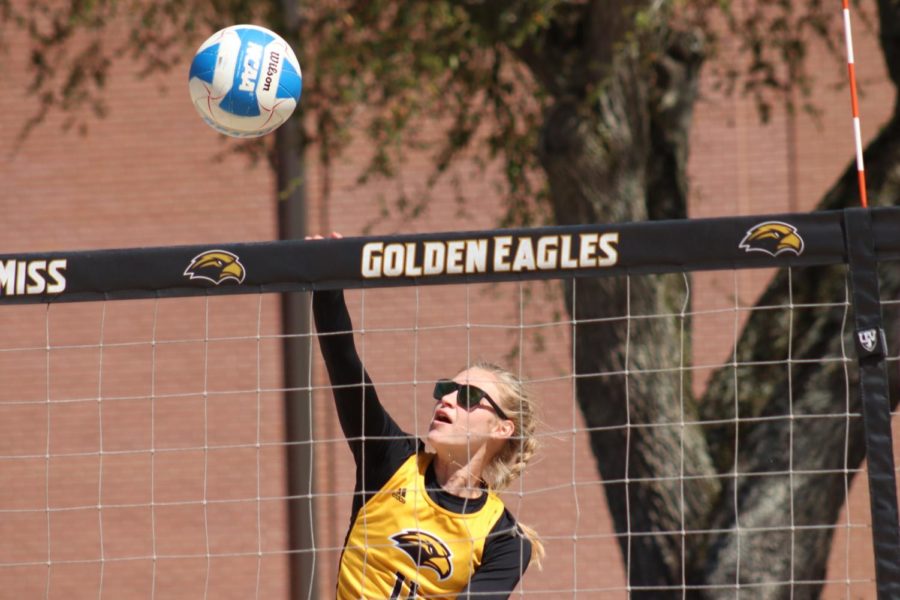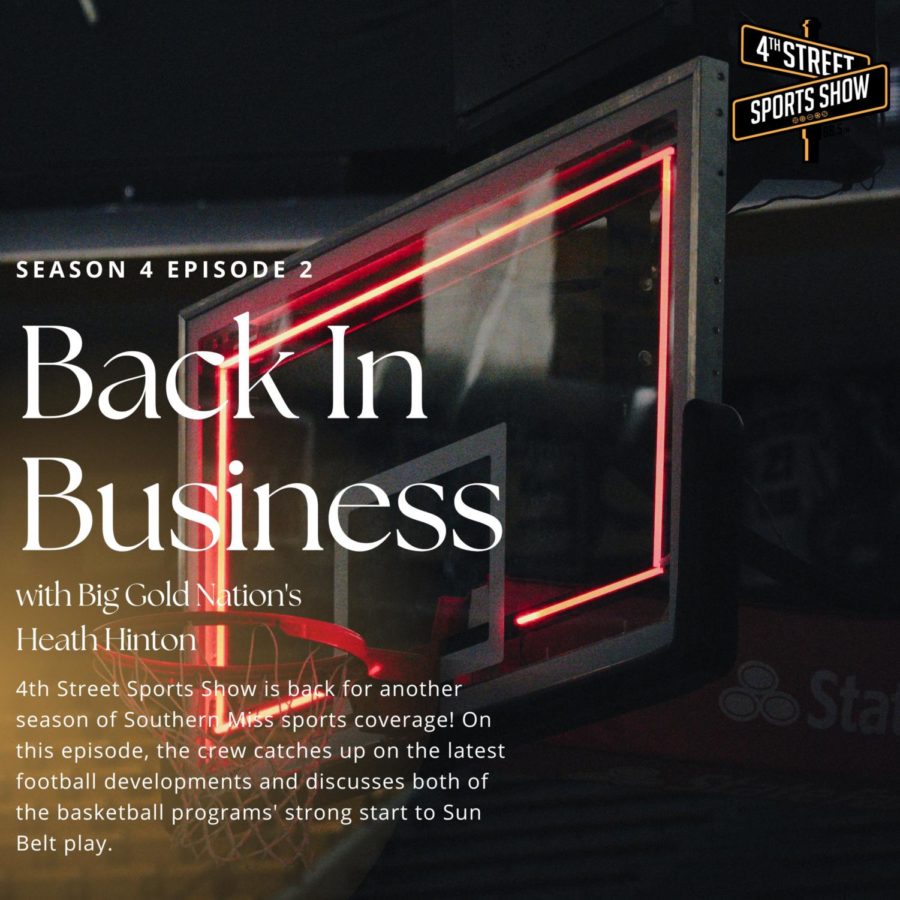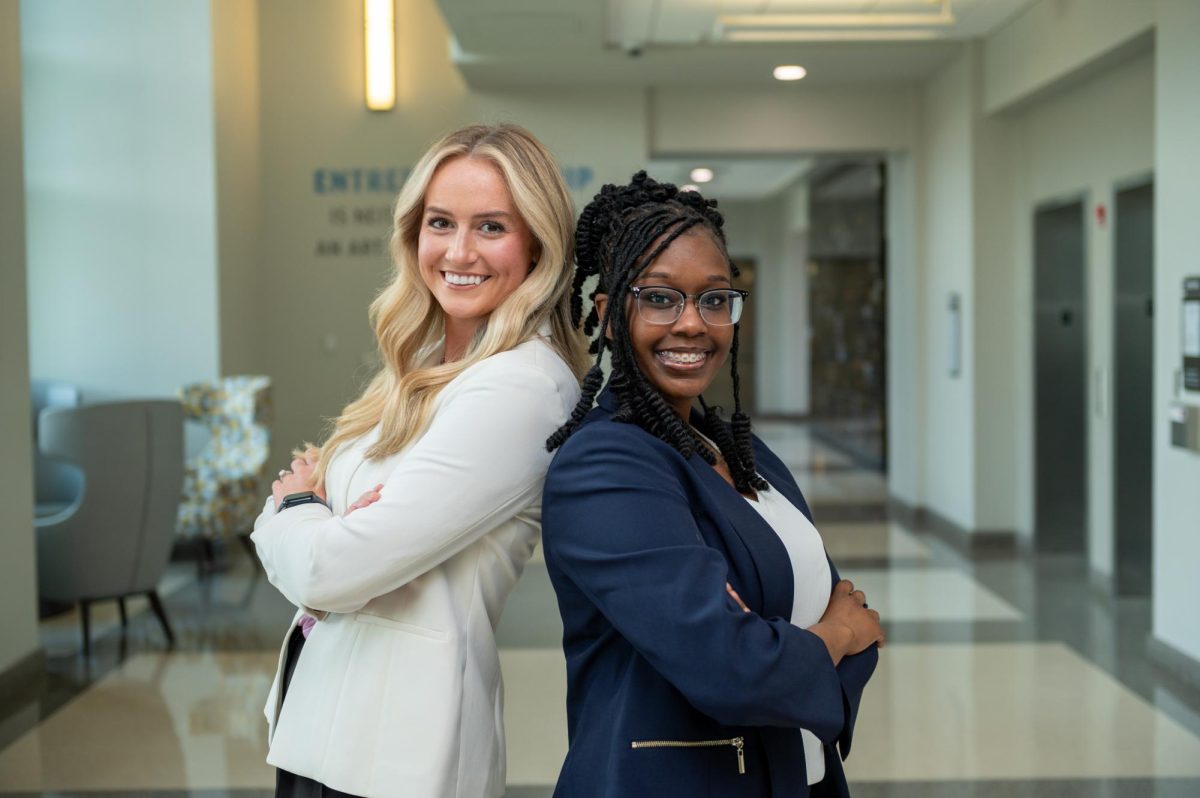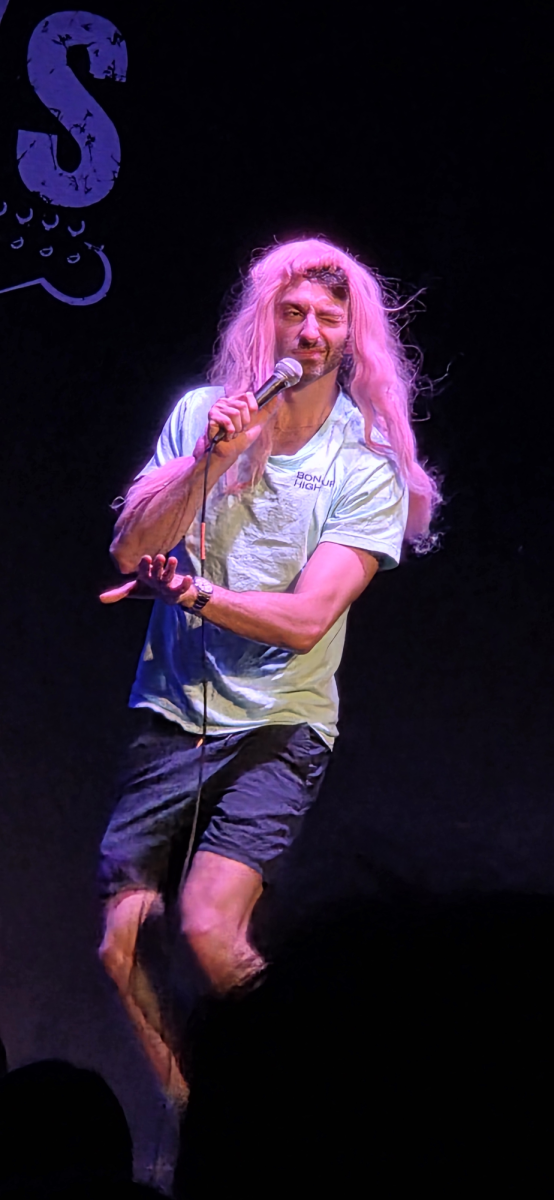Inspired by James Baldwin’s fearless embrace of his Black and queer identities and William Dorsey Swann’s defiant drag ball organizing, student Kanya Hoskins carries their legacy forward by building community and fighting for visibility within the Black queer experience.
“One thing I want people to know about me is I’m here to make a change in the world and to stick with myself and my identity,” Hoskins said. “I don’t want it to be erased or removed from who I am because the Black queer experience is completely different from the white queer experience.”
Hoskins said this difference is reflected in how the media portrays Black queer people.
“There’s so much that is intertwined and gets swept away — like TV shows, books — there’s not really many Black queer people,” Hoskins said. “Even growing up, I really did not see many Black queer icons.”
Hoskins said there were a few notable Black queer figures, such as Wanda Sykes and Raven-Symoné, but many others remain unheard. GLAAD’s 2023–24 “Where We Are on TV” report reflects this reality, showing that while a few Black queer public figures’ faces shine in the media, countless remain hidden in the shadows — marginalized by narratives that center predominantly on white queer stories.
Even though there wasn’t much representation growing up, characters like Him from “The Powerpuff Girls” and Snagglepuss helped Hoskins define who they were as a person.
“I want to say those nonconformity-type characters gave me a better sense that there’s more out there and I don’t have to be confined to one sexuality,” Hoskins said.
Building on that sense of self, Hoskins feels pride in their intersecting identity.
“For me, I’m very proud that I’m both Black and queer, since a lot of Black history involves so much that stems from Black culture,” Hoskins said.
Besides William Dorsey Swann, the first drag queen during enslavement, Hoskins referenced the “cakewalk” as another form of defiance against social and gender norms. It was a dance created by enslaved Black people mocking white owners’ ballroom dances — a subtle act of resistance. Mostly performed by men who exaggerated flamboyant movements, women also sometimes danced in pairs during the 19th century, challenging gender expectations.
Building on these legacies of resistance and identity, Hoskins said, “I’m very proud to have that as my history — like James Baldwin, another gay activist.”
Despite Baldwin’s close ties to the White House and Martin Luther King Jr., he lived during a time of intense discrimination in the 1950s and 1960s. Because of that, he couldn’t come out publicly as gay without fearing it could be used against him and harm his influence within the civil rights movement.
Reflecting on those moments of oppression, Hoskins said, “Now, I feel like I can be a voice to the Black queer community.”
Aside from a few historical figures, there were also personal examples of representation in Hoskins’ life. Growing up, there were two people in their family Hoskins knew were queer — a cousin who lived nearby and a family friend connected to their dad’s Navy background.
“We were very close together, and we still are,” Hoskins said.
Hoskins also has close relationships with friends from Golden Triangle Early College High School and Southern Miss.
“For the friend group I have now that I graduated with, I feel super included in that type of community,” Hoskins said. “Since there are also people of color I met here, and people of color that I know who are also queer in some sense.”
Ava Welch, a high school friend, expressed pride during the school’s Halloween parade when Hoskins stood out in a gothic costume.
“I feel like with the way she dresses — very gothic and stuff — you’re gonna get looks from people,” Welch said. “People have looked and people do say things, but she genuinely just doesn’t care.”
Welch highlighted Hoskins’ unwavering self-assurance.
“I feel like she’s very confident,” she said. “That’s why she doesn’t care what a lot of people think, especially in her Blackness and queerness. She doesn’t care what other people think because she knows what she’s worth.”

